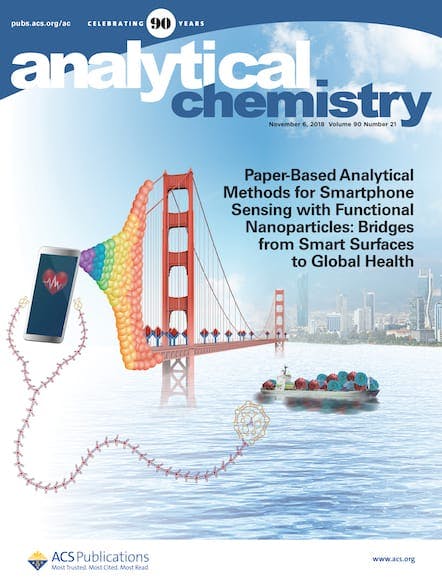Audio recordings are a huge part of the world’s cultural history—and some are in danger of degrading so much that they’ll be lost forever. Now researchers report that infrared spectroscopy offers a quick, noninvasive way to separate magnetic tapes that can still be played from those that can’t. This could help archivists know which tapes […]

Audio recordings are a huge part of the world’s cultural history—and some are in danger of degrading so much that they’ll be lost forever. Now researchers report that infrared spectroscopy offers a quick, noninvasive way to separate magnetic tapes that can still be played from those that can’t. This could help archivists know which tapes need special handling, and soon, before they get any worse.
The Cultural Heritage Index estimates that there are 46 million magnetic tapes (VHS, cassette, and others) in museums and archives in the U.S. alone—and about 40% of them are of unknown quality. Many of these tapes are reaching the end of their playable lifetime, and given the limited number of studio-quality tape players available for the digitizing process, not all the tapes will be digitized before the world loses them.
